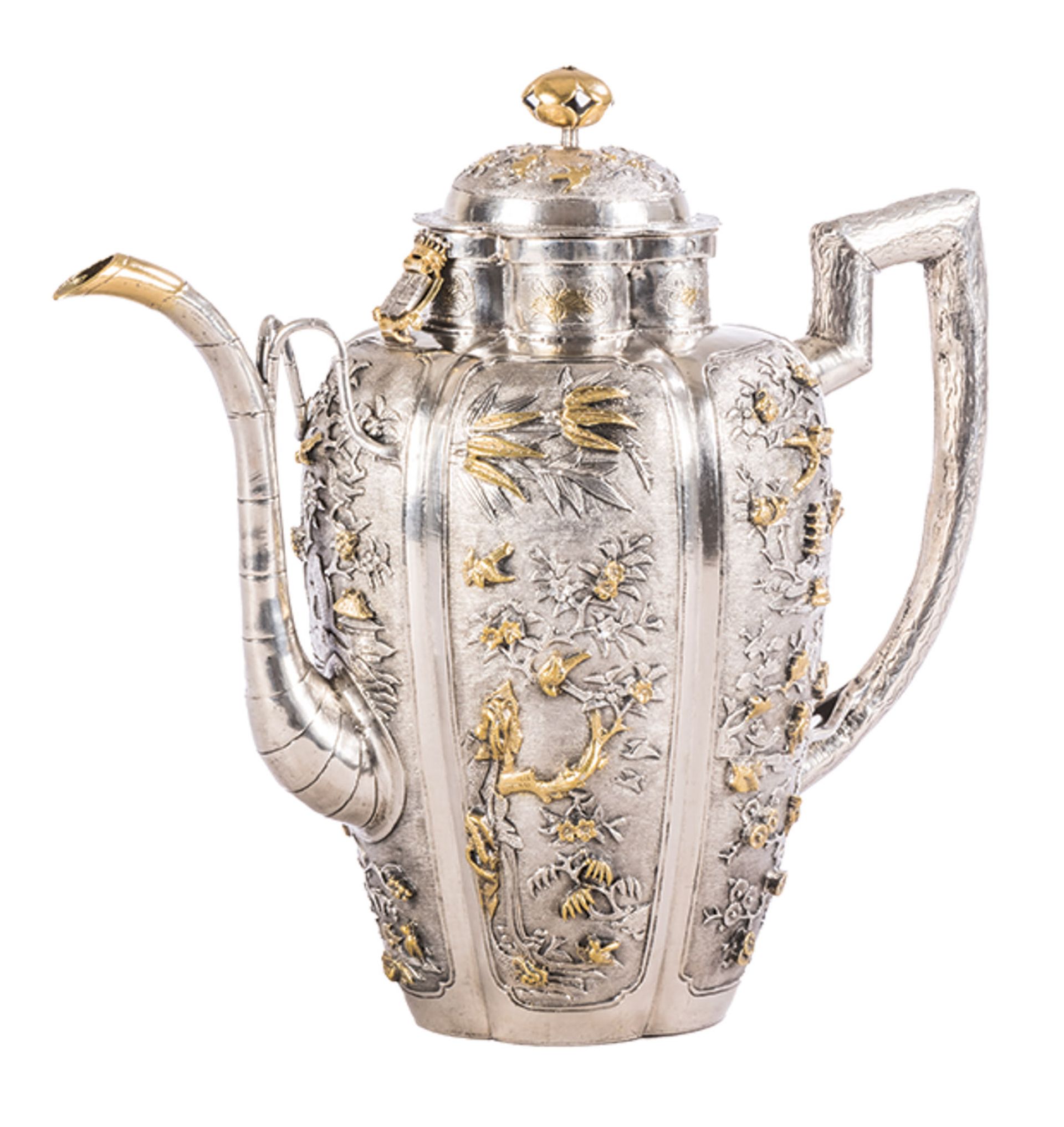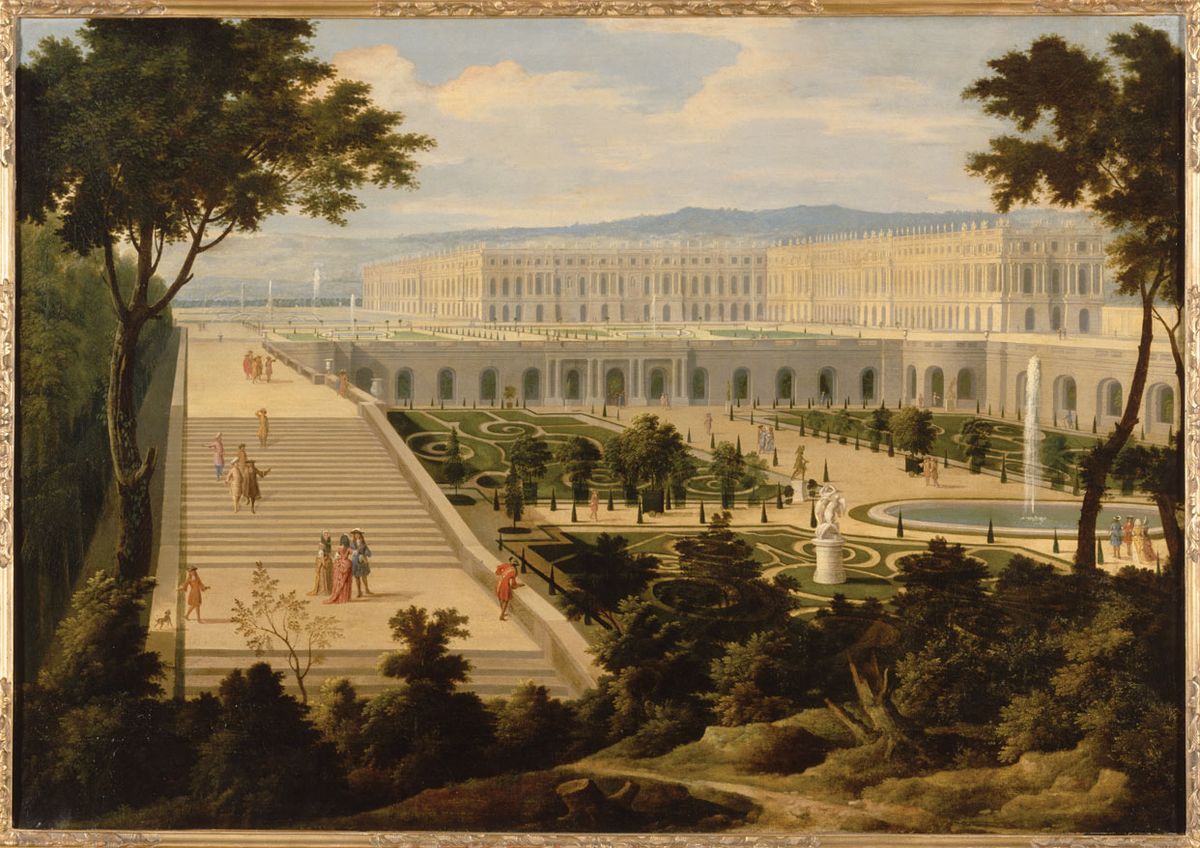Exoticism was the flavour of the month every month at the Palace of Versailles in its heyday, where French versions of chinoiserie and vaguely Ottoman turquerie vied for prominence in the private apartments of the Bourbon kings, their consorts, their mistresses and their families.
This absorption of far-flung motifs has left its mark on Versailles’s surviving objects from the French Royal Collections—in everything from a mid-18th-century bronze-mounted Chinese porcelain vase, presumably used as a perfume fountain by Madame de Pompadour, to Louis XVI’s late-18th-century porcelain-plaque harem scenes, once displayed in a chamber with his most precious goldware.
This month, more than 100 of these objects, recalling palace life in its pre-revolutionary pomp, will be reconvened for an exhibition in the Louvre Abu Dhabi. Versailles and the World draws on the collections of the Musée National des Châteaux de Versailles et de Trianon and the UK’s Royal Collection Trust, among others. A version of the show was mounted at Versailles in 2017 and then New York’s Metropolitan Museum of Art in 2018.

A Chinese silver pourer from the 17th century reflects “Versailles’ original worldliness” © Château de Versailles, Dist. RMN © Christophe Fouin
In 1682, Louis XIV moved the French court from Paris to his palace at Versailles, which transformed the one-time hunting lodge of his father, Louis XIII, into the focal point of Europe’s Ancien Régime. Unlike its rival courts in the Chinese and Ottoman empires, Versailles was open to the world, says Bertrand Rondot, the chief curator of furniture and decorative arts at the Versailles museum, and co-curator of the show, along with Hélène Delalex.
“Versailles was open to anybody,” Rondot says, “regardless of class or status.” In one of the first works in the show, Versailles is depicted as something of a tourist attraction in the oil painting View of the Château de Versailles and the Orangerie (around 1695), attributed to the French topographical painter Étienne Allegrain.
During the French Revolution, the royal collection began to be auctioned off, and many of these objects have rich survival stories. Among these is a delicate Chinese silver pourer from the 17th century, which made its way to Versailles in 1686 as one of thousands of pieces brought by Siamese ambassadors to the court of Louis XIV. “It’s a very fine but very small object, but the French court was quite disappointed by it,” Rondot says. The 7in piece, used in China to pour clear alcohol, could not hold a candle to the solid-silver furniture at Versailles and was promptly put in storage.
Most of the royal silver was melted down to pay for one of Louis XIV’s wars and the rest did not survive the French Revolution. The pourer escaped this fate and was later acquired by a French family during the Napoleonic era and reacquired by the Versailles museum in 2018. It will be shown, says Rondot, as a symbol of Versailles’s original worldliness.
• Versailles and the World, Louvre Abu Dhabi, 26 January-4 June


